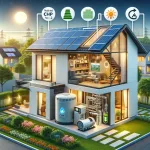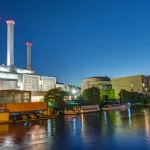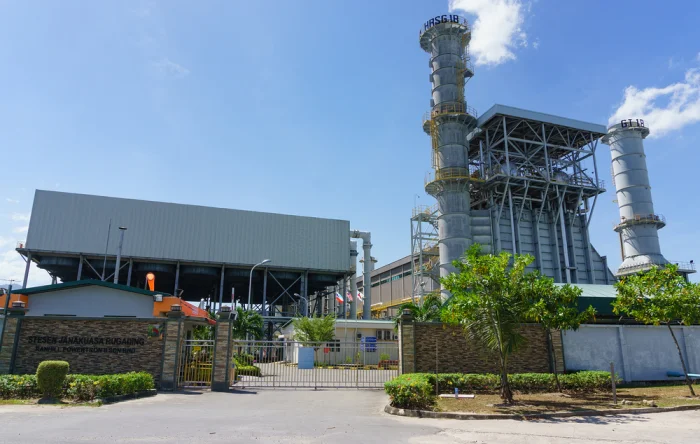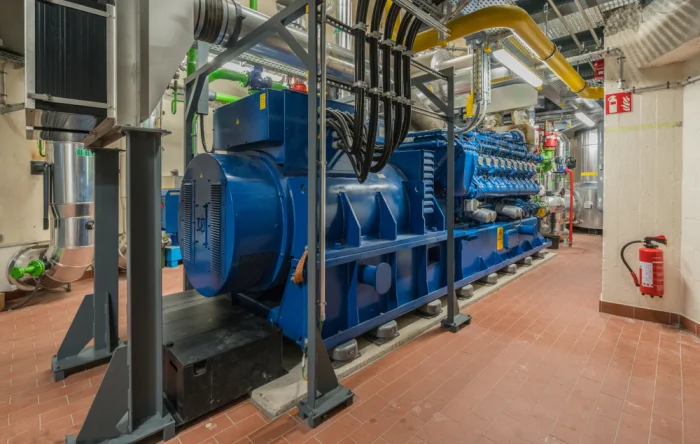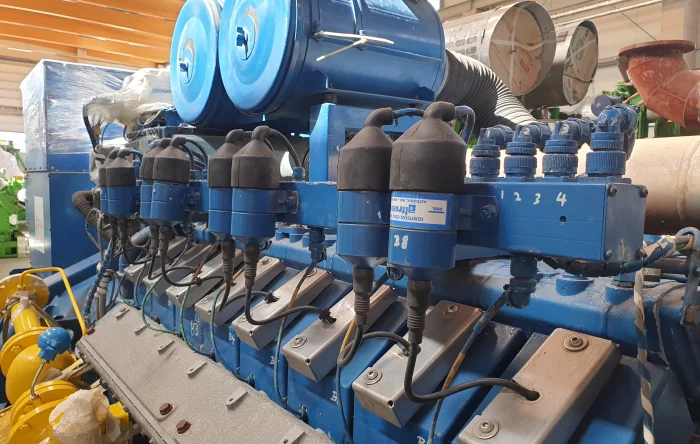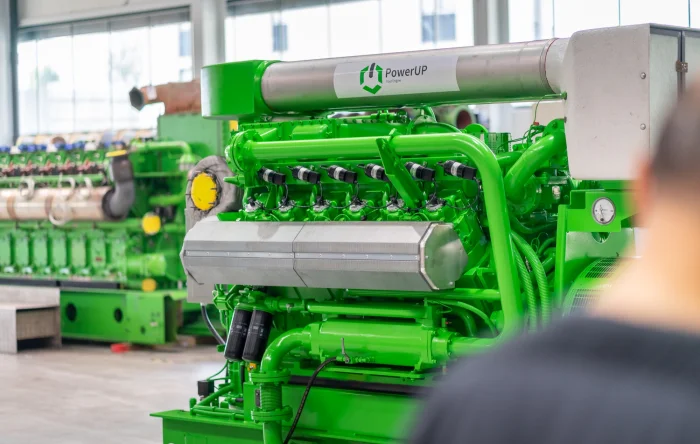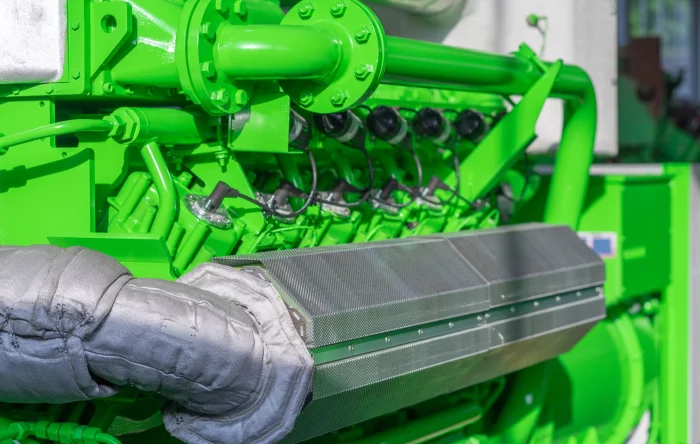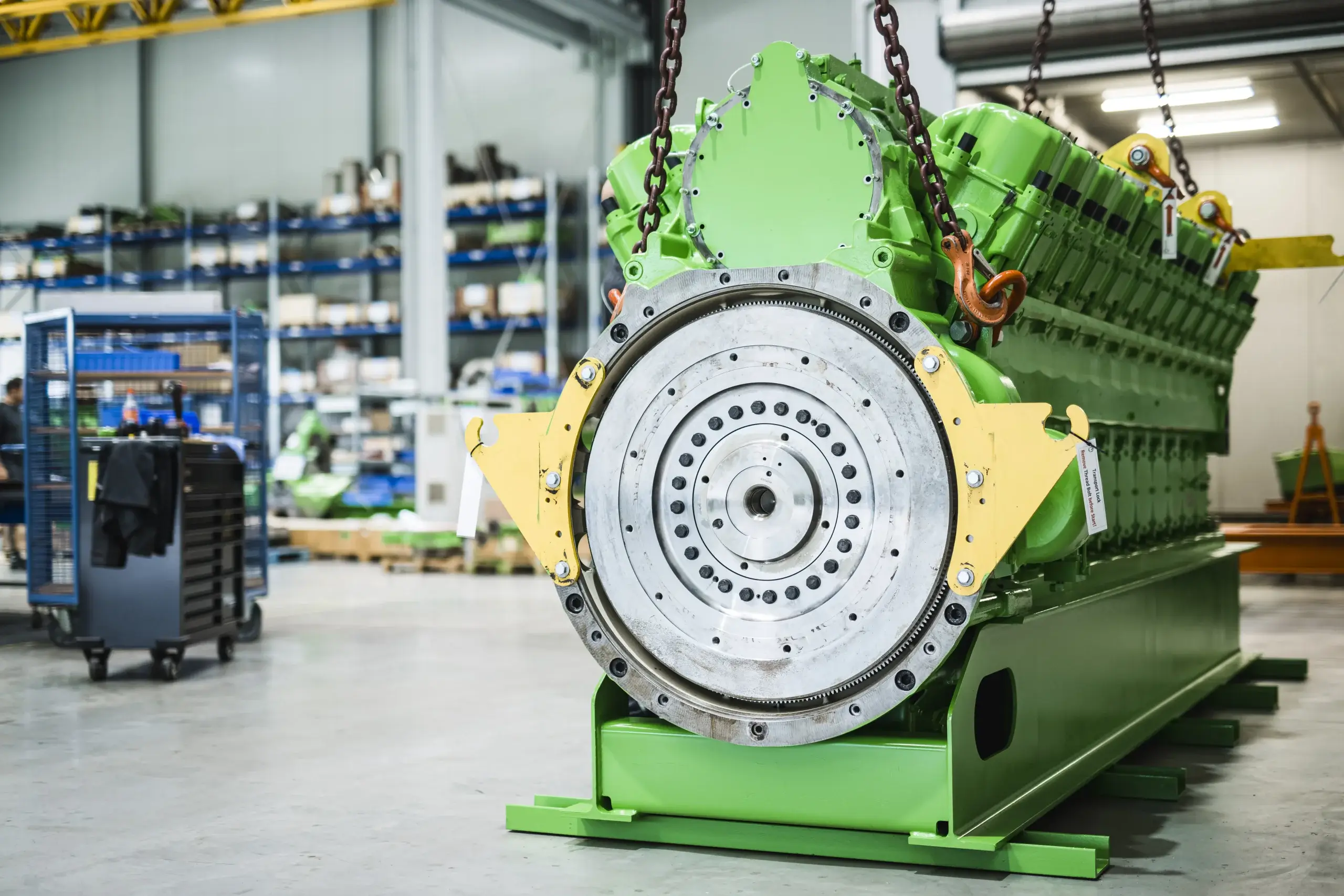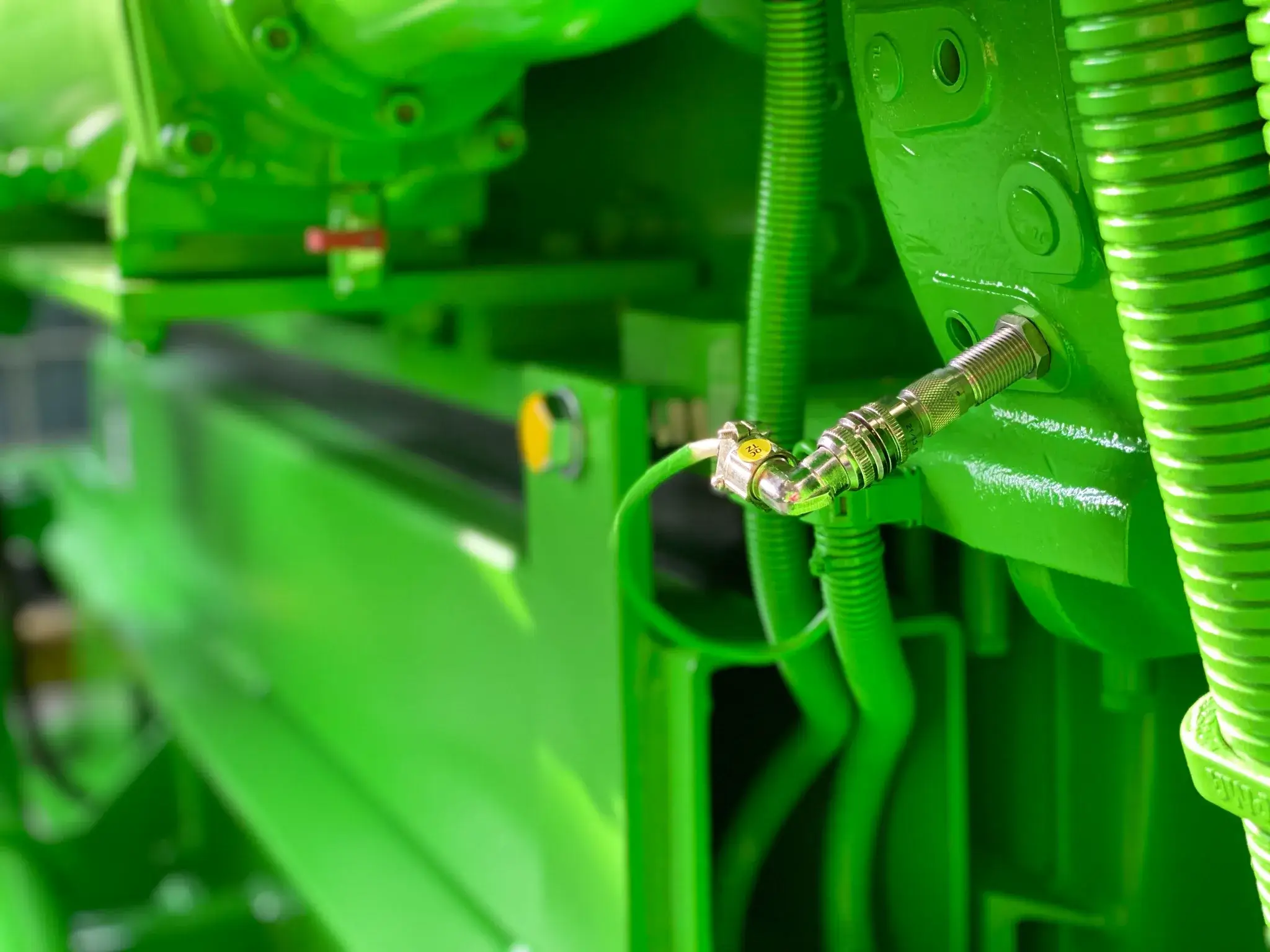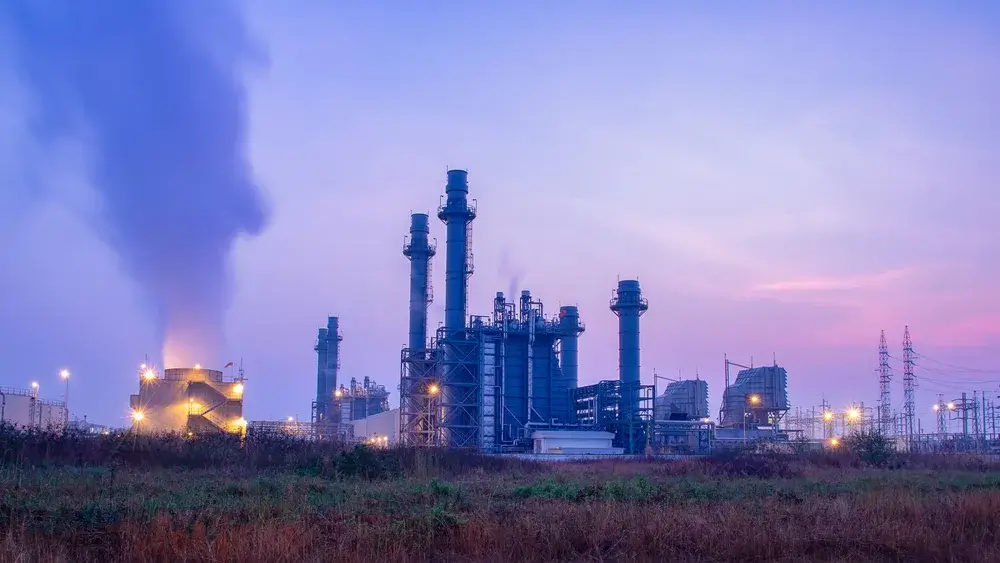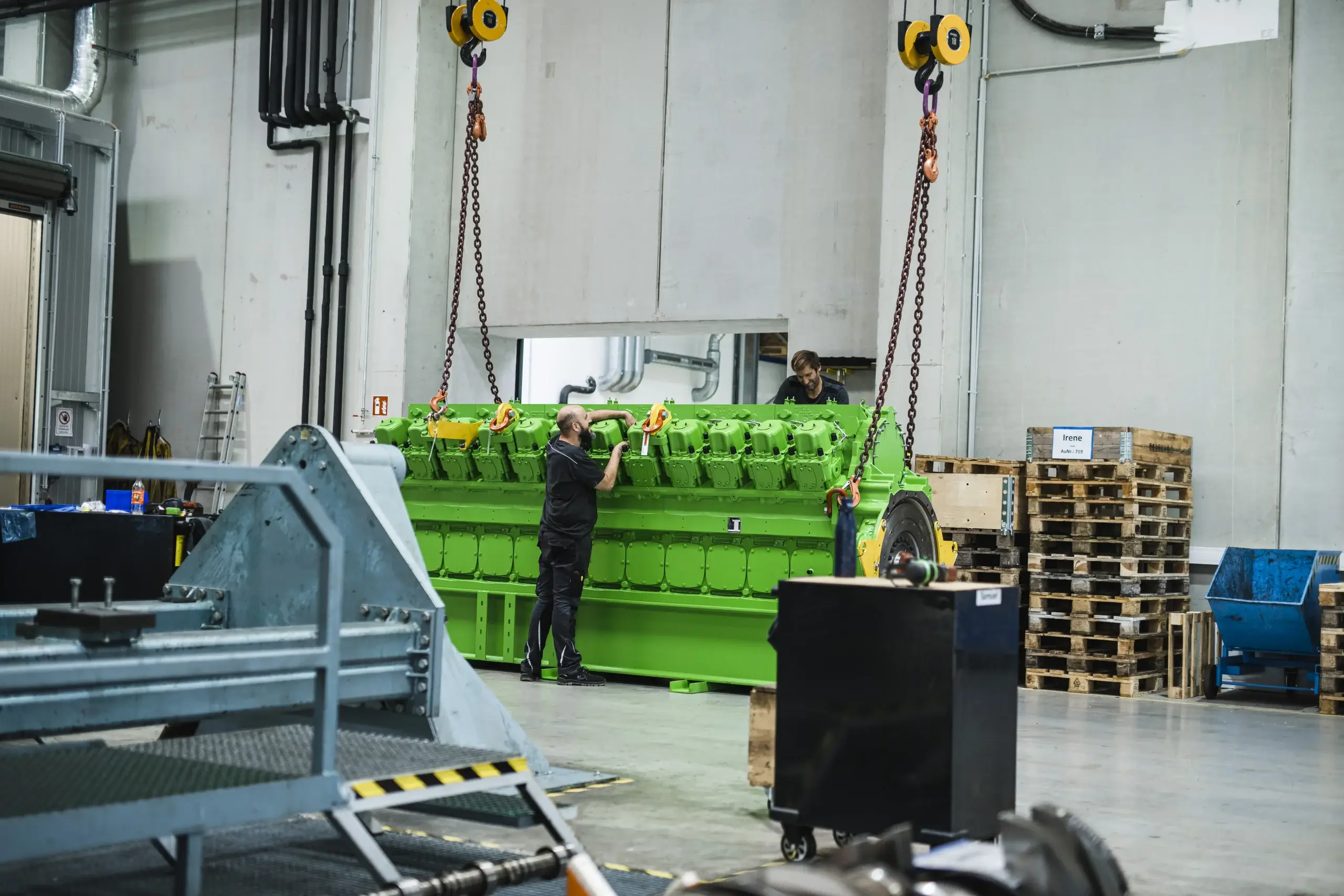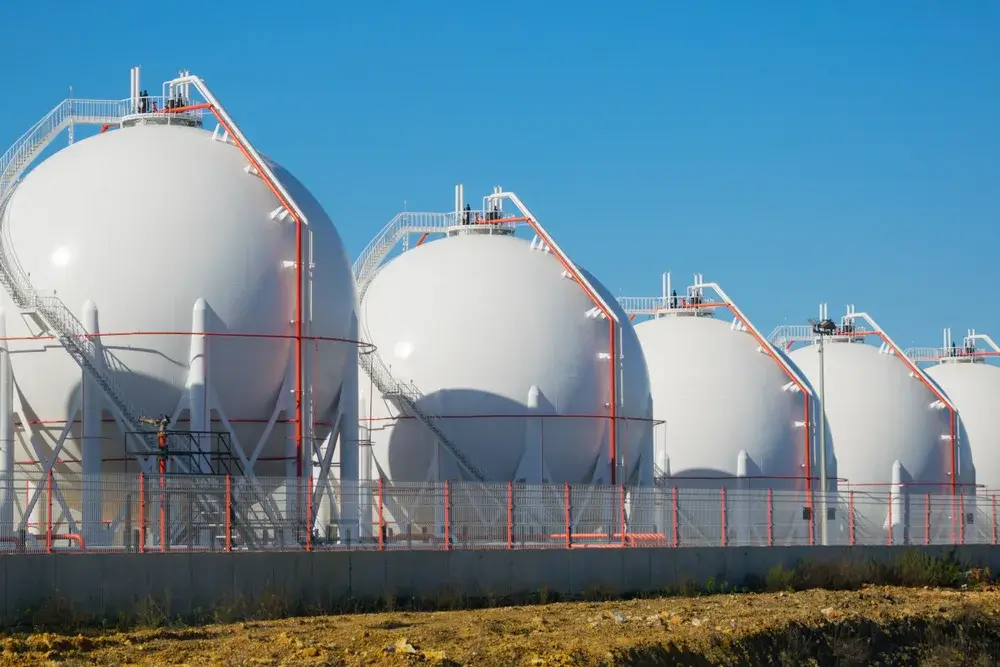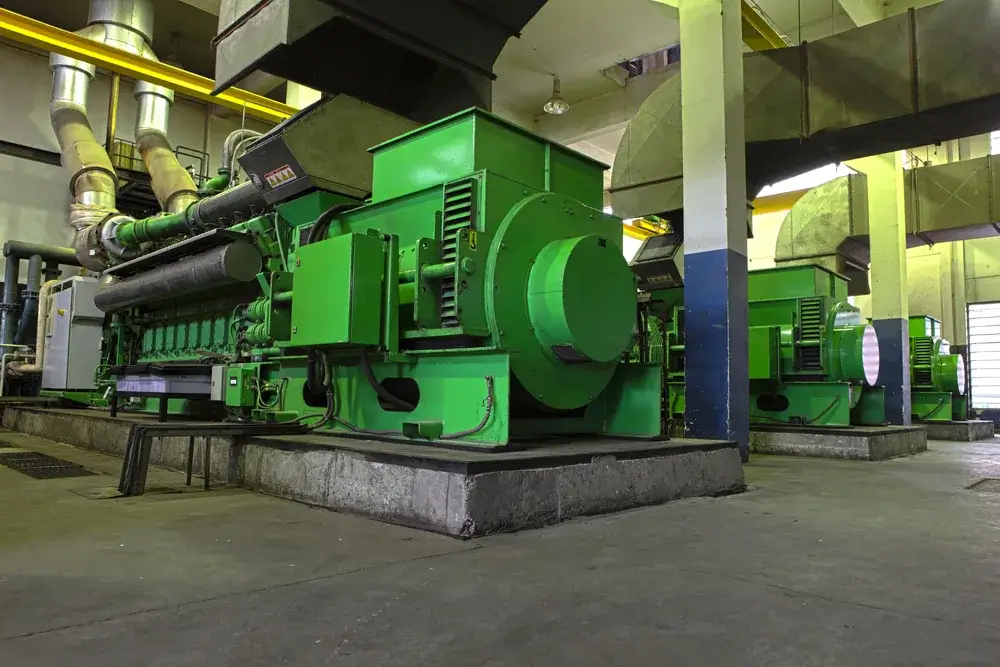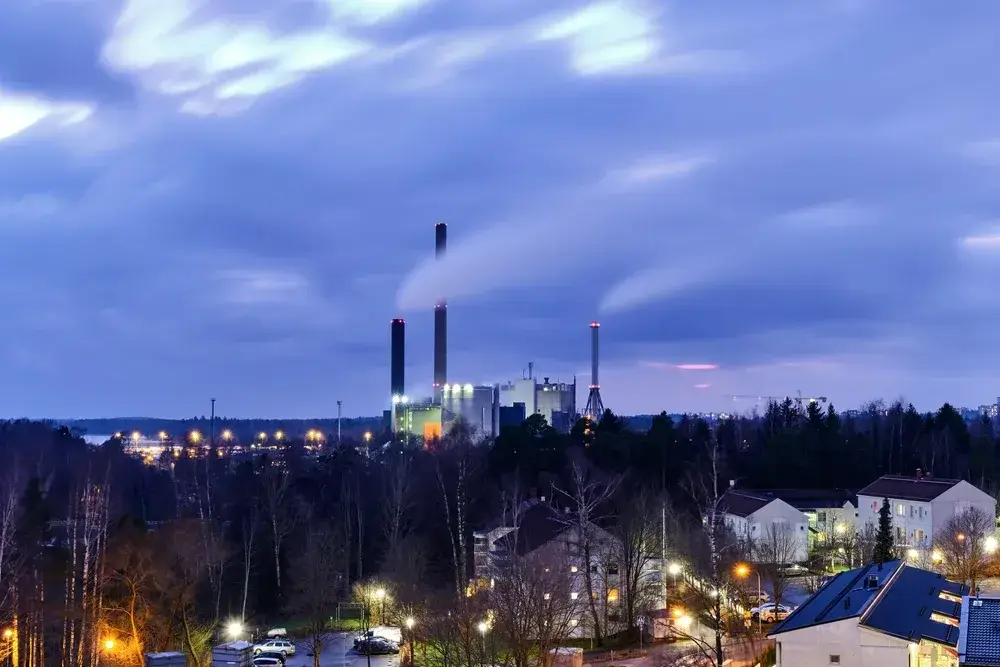Is it worth it? An overview of the costs of a combined heat and power plant
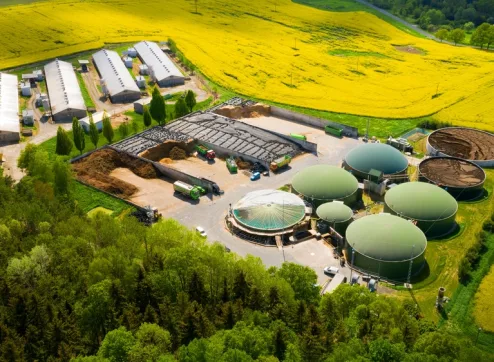
In times of increasing energy prices and in line with the desire for sustainable solutions, the focus is increasingly on the block cogeneration plant (CHP). It promises efficient energy generation and ecological benefits. But what does such a power plant really cost? In addition to acquisition costs, operation, maintenance, and many other factors must be considered. In this article, we will examine the cost structure of a CHP plant to provide you with a comprehensive overview.
What is a block heat and power plant?
A combined heat and power plant (CHP) is an innovative and efficient technology for simultaneously generating electricity and heat. This is achieved based on the principle of combined heat and power (CHP). In this process, the waste heat generated during the electricity generation process is not simply released into the environment, but rather utilized for heating buildings or industrial processes.
The applications of a CHP are diverse, ranging from providing electricity and heat to single-family and multi-family houses, to larger public facilities or swimming pools
The main advantage of this system lies in its high efficiency, as a large portion of the energy used is utilized through the combined generation of electricity and heat. This not only saves costs, but also preserves the environment.
Variations of the CHP: From a single-family house to a swimming pool
Combined heat and power plants come in a wide variety of designs and sizes, making them capable of fulfilling different needs. The micro CHP is specifically ideal for single-family homes as it efficiently meets the typical heat and electricity demands of individual households while also boasting a compact design.
One step larger are the mini CHPs, which are especially well-suited for multi-family houses and two-family houses. These systems often come equipped with buffer storage to efficiently store and distribute energy, and they have the capability to feed the electricity they generate into the public grid.
However, CHP plants are not only attractive for residential buildings. They are also used in facilities like swimming pools where more powerful CHPs are employed. In these settings, they not only support the electricity-generating heating system but also ensure the continuous treatment and heating of the pool water. Thanks to their versatility, blockheizkraftwerke provide a suitable and efficient energy solution for nearly every application.
Energy backgrounds and technologies
The technology behind combined heat and power plants is fascinating and relies on various machines and processes. At the core of a CHP, you often find an internal combustion engine that operates similarly to a car engine but is specifically optimized for the prolonged demands of electricity generation.
In addition, there are models that utilize a Stirling engine or advanced fuel cells to generate electrical energy. Regardless of the technology, the primary goal is always to produce both electricity and heat with maximum efficiency. The integration of renewable energies also plays a crucial role in this process. For instance, a CHP can be combined with solar thermal energy or a photovoltaic system to harness the power of solar energy.
Similarly, it is possible to use sustainable fuels such as biogas, which are not only environmentally friendly but also promote independence from fossil fuels. The decision to invest in a block heat and power plant (BHP) is not only driven by ecological considerations but also economic factors. Various factors need to be taken into account when considering the costs.
Firstly, there are the acquisition costs, which vary depending on the size and type of CHP. While a micro CHP for a single-family house falls within a lower price range, larger installations for multi-family houses or commercial facilities can be considerably more costly.
In addition, there are costs for additional components such as heat exchangers or buffer storage, which contribute to the efficient utilization of heat and electricity. However, it is important to consider not only the acquisition costs but also the operating costs, which include maintenance expenses, fuel costs such as liquefied petroleum gas or wood pellets, as well as potential fees or compensation for grid feed-in. These factors need to be taken into account in the calculation.
Fortunately, government regulations such as the Renewable Energy Sources Act (EEG) provide incentives in the form of feed-in tariffs, which can further promote the economic viability of a CHP plant. To fully understand the cost structure of a CHP plant, it is therefore essential to consider both the initial investment, ongoing operating costs, and potential remuneration.

Efficiency and government support
The payback period – the period in which the acquisition costs are offset by the savings achieved – is often surprisingly short for a block heat and power plant (CHP). This is primarily due to the high overall efficiency of a CHP, which is achieved through the combined generation of electricity and heat.
Not only does its own efficiency play a role in economic viability, but countries like Germany have also recognized the benefits of cogeneration and actively promote it. Institutions such as KFW and BAFA offer various funding programs that provide financial support for both the purchase and operation of CHP plants.
Furthermore, the Renewable Energy Sources Act (EEG) creates incentives through feed-in tariffs to encourage the feeding of excess electricity generated by the block heating power plant into the public grid. These government support measures play a significant role in making the investment in a block heating power plant worthwhile for many households and companies.
The importance of efficiency
An efficiently operating gas engine not only contributes to reduced CO₂ emissions and lower fuel consumption but also leads to significant cost savings in operation
Therefore, it is crucial to continually seek optimization opportunities and technological advancements in this field. Keep reading to find out how PowerUP can assist you.
What does PowerUP offer?
When it comes to block heating power plants, PowerUP is a reputable and reliable partner by your side. With its headquarters in Tyrol, PowerUP provides high-quality gas engine spare parts and top-notch gas engine services for renowned brands such as INNIO Jenbacher®, MWM®, and Caterpillar®.
When it comes to the performance and durability of your BHKW, regular gas engine repair, maintenance, gas engine upgrades and the use of high-quality spare parts are of crucial importance. This is where PowerUP comes in, with our extensive technical expertise, wide range of products, and dedicated customer service.
Whether you already own a CHP plant or are planning to make a purchase, PowerUP will guide you through every step — from consultation to installation and maintenance. With PowerUP by your side, you can rest assured that you will maximize your investment in a combined heat and power plant and optimize the advantages of cogeneration.

